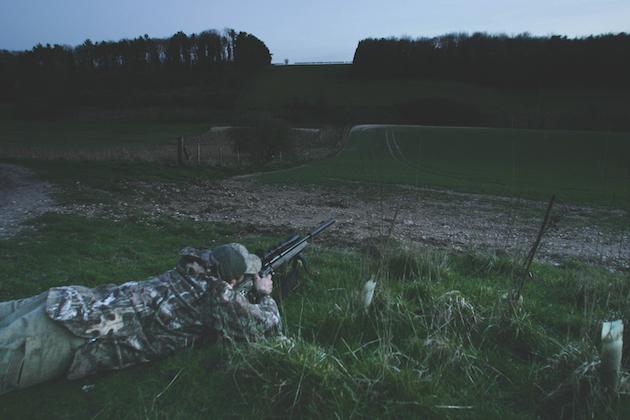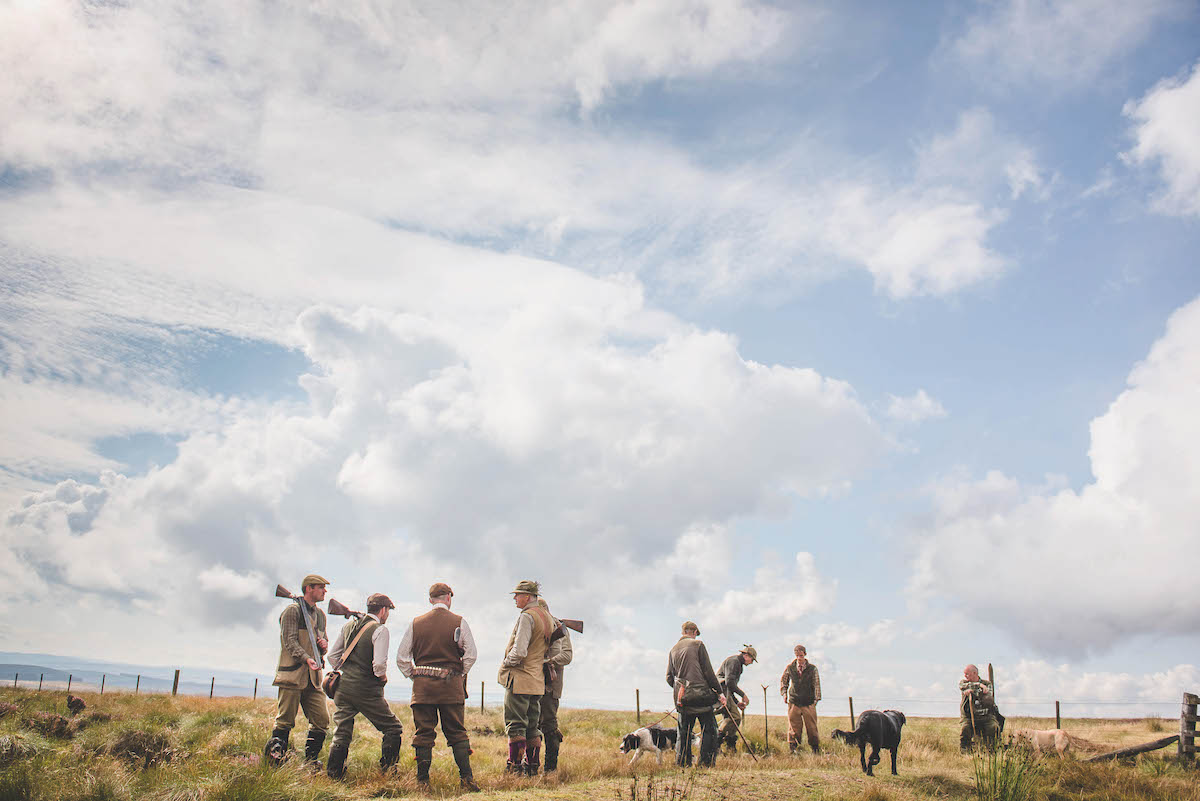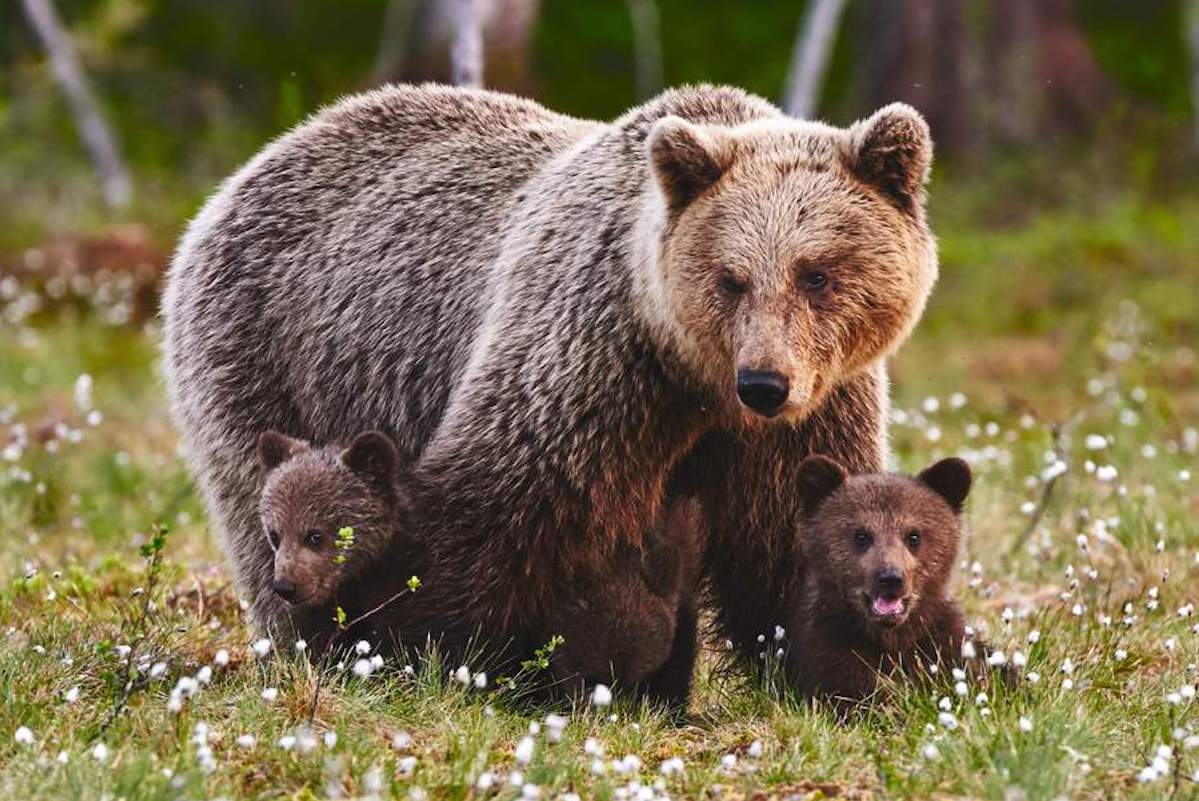No guarantees with this most wily foe the fox
Over the years, fox shooting kit has become very hi-tech but many of the basic principles for success remain the same, says Liam Bell

A vanatage point over a valley at dusk with a fox earth nearby is a good place to start with
It will come as no surprise that foxes are the UK’s biggest predator of both ground-nesting birds and released game. Because we don’t have large apex predators to assist with their control, as they do in some other parts of the world, it is down to us.
Reasons to control foxes
If we don’t control foxes — and control is the key word here, not exterminate — our returns on released birds will drop and wild partridges — if you are lucky enough to have any — won’t survive. Foxes should be controlled year round and at the very least in spring and summer if you rely on reared birds.
Not forgetting, of course, that foxing to protect gamebirds protects other ground-nesting birds such as lapwings and curlew too.
Add on issues for free-range egg producers and for those who lamb outdoors, and you can see why foxes need to be controlled.
Shooting foxes with a rifle is the most common method. You can snare foxes but snares don’t suit everyone; people don’t always have the time to run snare lines or there may be worries about the catching of non-target species.
You can catch them in cage traps but I don’t know of anyone who has had any real success with this method. You might catch the odd one but rarely enough to make any tangible difference. You can drive them to standing Guns, but you need to be super organised and have a crew of people to help. Using terriers can be effective but only for seasonal control.
Before centrefire rifles became more widely available, most of us did our fox shooting with a shotgun. Many are the times I have sat waiting up a tree or against a stone wall, with a 12-bore and a pocket of Alphamax BBs at dusk to intercept a fox heading out from a plantation.
If you sat still, picked your spot and remembered the wind, it was surprisingly effective. It was also more exciting than using a rifle because you had to wait until the fox was close enough before you fired. A false move, a twitch or a change of wind direction and they were off, never to be seen again. They no doubt associate rides and crossing points with people and danger. You’d eventually pick them up somewhere else, but they would steer clear of where they had seen or smelt you.

Lamping is effective, but make sure you don’t make the fox lamp-shy
We used to lamp with shotguns as well; everybody did at the time. Wet, windy nights to muffle sound and limited use of the lamp accounted for a huge number of foxes. All of them were crept up on from downwind and shot at less than 40 yards. It was a sport in itself and kept your legs strong and shoulders broad with all the walking and carrying car batteries in rucksacks and home- made slings.
Now, though, most of the sitting out is done with a rifle from a high seat and the lamping from a truck or UTV. Rifles should be centrefire, with a bullet that will stay fairly flat up to 200 yards to 250 yards. We generally sit out if we are targeting an individual fox and know its movements — or, as often transpires, think we know its movements — because, as we know, there are no guarantees with foxes.
Getting there early enough is just as important if you are sitting out for foxes as it is when sitting out for deer. You need to be there early enough for the scent you leave walking to the seat to have dissipated before the expected arrival of the fox.

If you can sit still and have patience, foxing from a high seat can be very effective
In contrast to the wet and windy conditions that are ideal for foxing with a shotgun on foot, if I were to pick a night for lamping it would be breezy and a little damp, but not so windy as to alter bullet placement or so wet as to make it impossible to see through the scope.
Get there too late and odds-on the fox will have either already gone past, be out when you arrive and impossible to shoot, or will have picked up your scent trail and hotfooted it elsewhere.

Keepers want to control foxes – not exterminate them totally
Trotting past
Foxes don’t always appear from where you expect them. I am sure we have all sat facing a wood waiting for one, only to have it come from behind us or cut in at an angle from who knows where and trot past before we get on to it.
A squeak or a whistle doesn’t always stop them. In some cases, if they’ve been squeaked before and shot at and missed, a squeak will speed them up. In terms of calling, it doesn’t matter what call you use, as long as it works and you have confidence in it. Everyone will have their favourite, whether it’s sucking on the palm of their hand, blowing on a factory-made call or using an electronic one.
What I have found that helps stop the ones which are on a mission is half-burying a dead poult or paunched rabbit. Digging the carcass in upwind of your seat and where you expect the fox to cross, with enough of it showing for the fox to wind it, spot it and wander across to have a look, should give you enough time to get a shot. They don’t always come right in, but it will usually stop them.
Half-burying it is better than leaving it on the top of the ground, where a buzzard or a carrion crow could come along and drag it away. The smell of the disturbed earth adds to the attraction.

Laser rangefinders in thermal imaging binoculars and riflescopes were the Eureka moment for night shooting capability
Sit out as long as you can; until you can barely see through the scope. Then change to a thermal spotter and scope, or night sight if you’ve got one. If you haven’t any night-vision kit, it is worth thinking about. It is surprisingly cheap now compared with 10 years ago. I remember when neoprene wellingtons were viewed as extravagant. Night-vision gear is much the same. Expensive, but definitely a game-changer.
Sitting out and thermal gear account for a lot of foxes, but lamping still accounts for more than all the other methods put together. I often get asked whether night vision or thermal is a better investment and the only advice I can give is to try them both, speak to people who use them and make your own decision.

Snaring can be effective – so long as you have the time to run a line of snares
Stable
We mainly lamp from a vehicle. You cover more ground in a truck than on foot, you can use the truck as a rest — and are therefore more stable when you take the shot — the truck gives you a slight height advantage, which is useful if there is a bit of cover, and it offers a safer angle of shot. Plus, you are warmer and feel less tired when you have finished.
Shooting from a rack or seat mounted on a pickup truck, which was the way we used to shoot rabbits before they were decimated by viral haemorrhagic disease, seems to be out of fashion. Most of us now creep about at zero miles per hour and lamp through the window, then try to creep within range of any foxes we spot, without spooking them. Foxes are quick learners and it doesn’t take much for them to wise up. If there is a fox that is nervous in the lamp, but not fully lamp-shy — as in it runs off at the merest glimpse of a light — it is often better to leave it for another night rather than chasing it.
If you shoot a vixen that is feeding cubs, it is your duty to find the cubs as well and deal with them humanely. It’s not the nicest part of the job, but it’s something we have to do from time to time.
Whichever way you choose to shoot your foxes — and we all have our favoured methods — be safe, pick up and dispose of the carcasses and try to avoid the long shots that will make a fox lamp-shy and harder to get if you miss.








